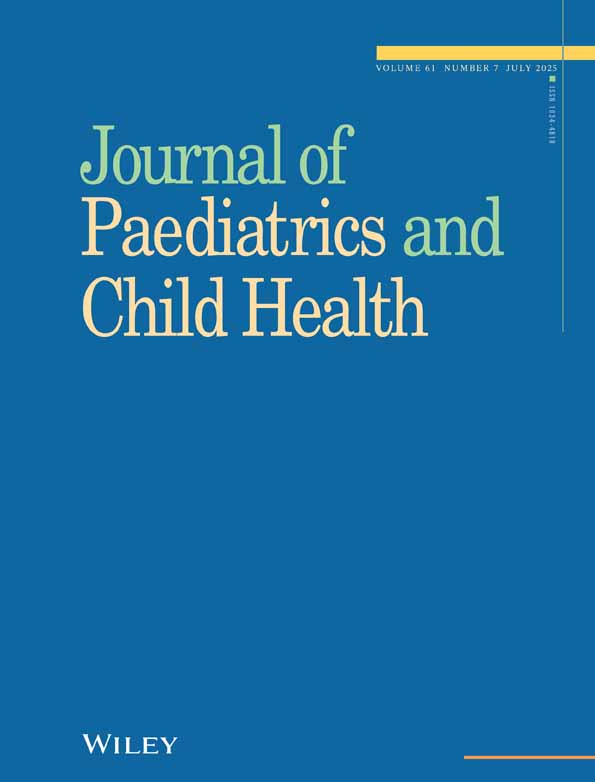Shortcomings in psychosocial history taking in a paediatric emergency department
Abstract
Objective:
To assess the quality of documentation of the psychosocial history taken from parents who repeatedly bring their infants and young children to an emergency department.
Methodology:
We prepared a list of 26 psychosocial items, indicated by the literature to be important elements of a history taken in this setting. We then reviewed subjects’ casenotes, and compared each history to this ideal list.
Participants/Setting:
Case note review of 104 children under 2 years who had presented to a paediatric emergency department at least five times in 1 year.
Results:
Documentation of psychosocial history for these subjects was very poor, with a mean of only 5 of the 26 possible psychosocial items mentioned per set of casenotes. The majority of records lacked important information, including basic demographic data.
Conclusions:
We canvass possible reasons for poor psychosocial history taking, and argue for changes in medical education, the development of techniques to efficiently identify at risk children and families, and improved resources for referral.




